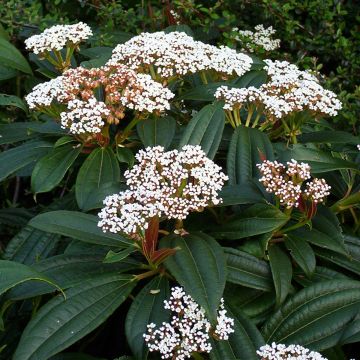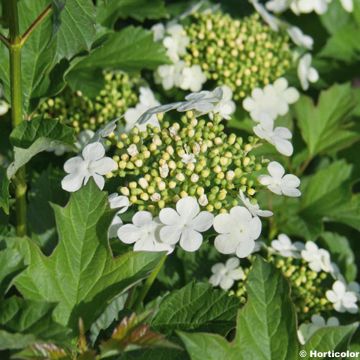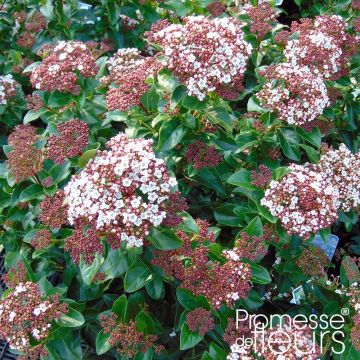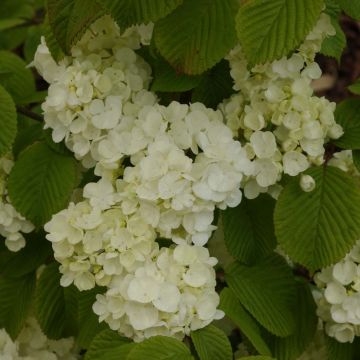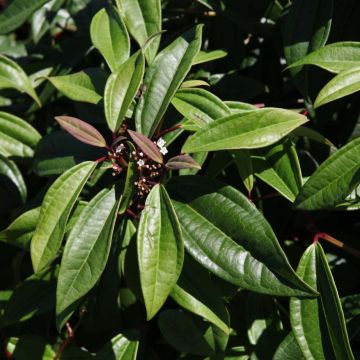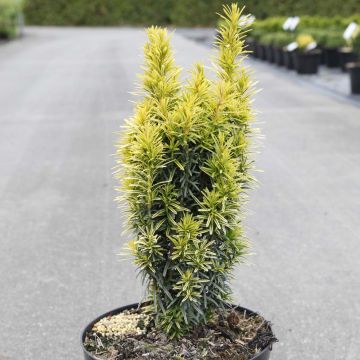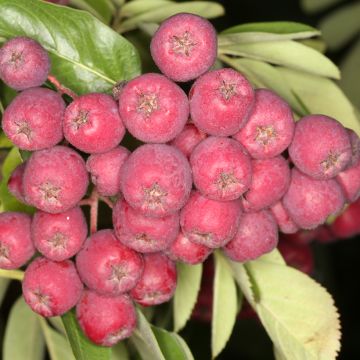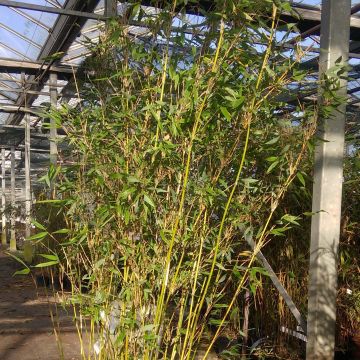Paese di consegna e lingua
La tua posizione sembra essere:
La tua posizione è:
Per godere della migliore esperienza sul nostro sito, è possibile cambiare:
Paese di consegna:
Andorra
Austria
Belgio
Bulgaria
Canada
Cechia
Cile
Cipro
Croazia
Danimarca
Estonia
Finlandia
Francia
Germania
Grecia
Irlanda
Islanda
Italia
Lettonia
Lituania
Lussemburgo
Malta
Monaco
Paesi Bassi
Polonia
Portogallo
Regno Unito
Romania
Slovacchia
Slovenia
Spagna
Svezia
Svizzera
Ungheria
Consegniamo solo articoli nelle categorie semi e bulbi nel tuo Paese. Se aggiungi altri articoli al carrello, questi non potranno essere spediti.
Lingua:
Francese
Tedesco
Spagnolo
Inglese
My Account
Salve
I miei elenchi di preferiti
Plantfit
Il mio carrello
Accesso / Registrazione
Sei già cliente?
Non sei ancora cliente?
Crea il tuo account per poter seguire il tuo ordine, accedere al nostro servizio clienti e, se lo desideri, approfittare delle nostre prossime offerte.
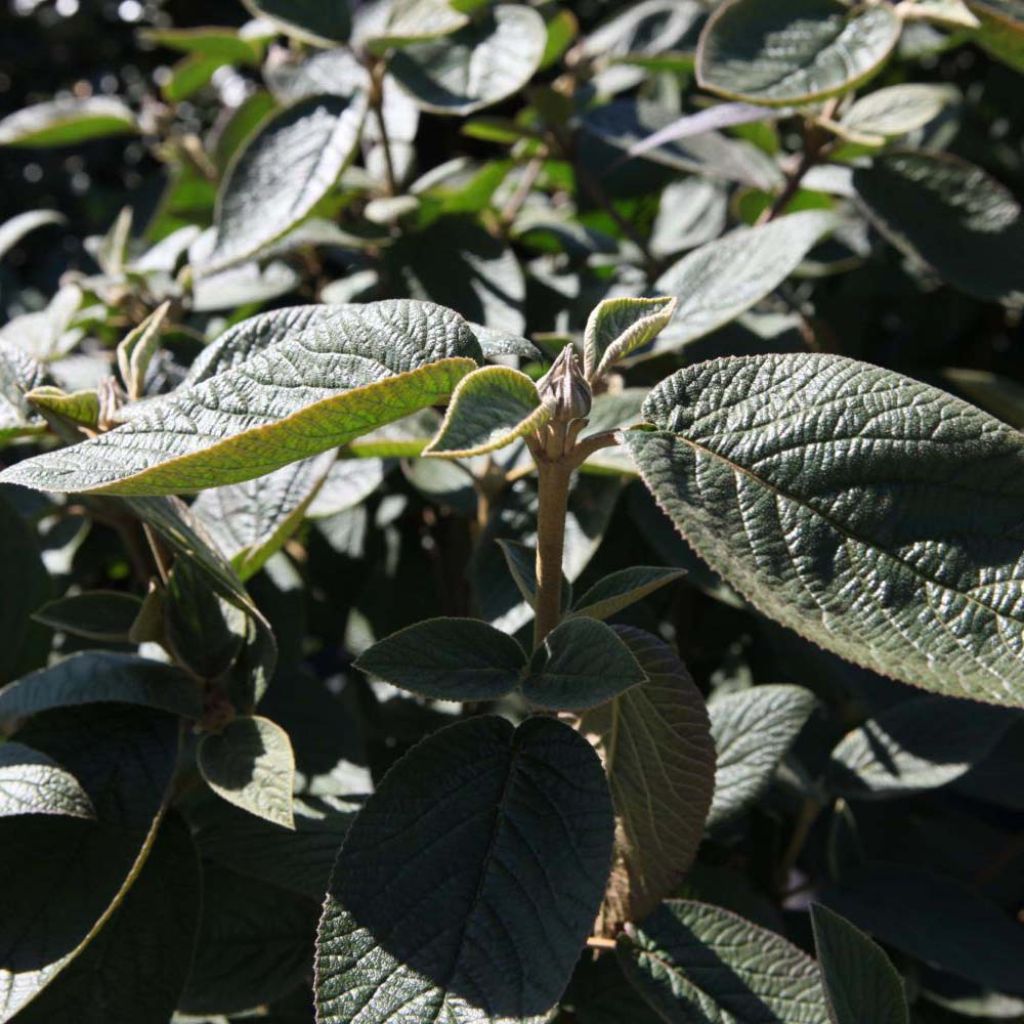

Viorne lantane - Viburnum lantana Mohican


Viorne lantane - Viburnum lantana Mohican
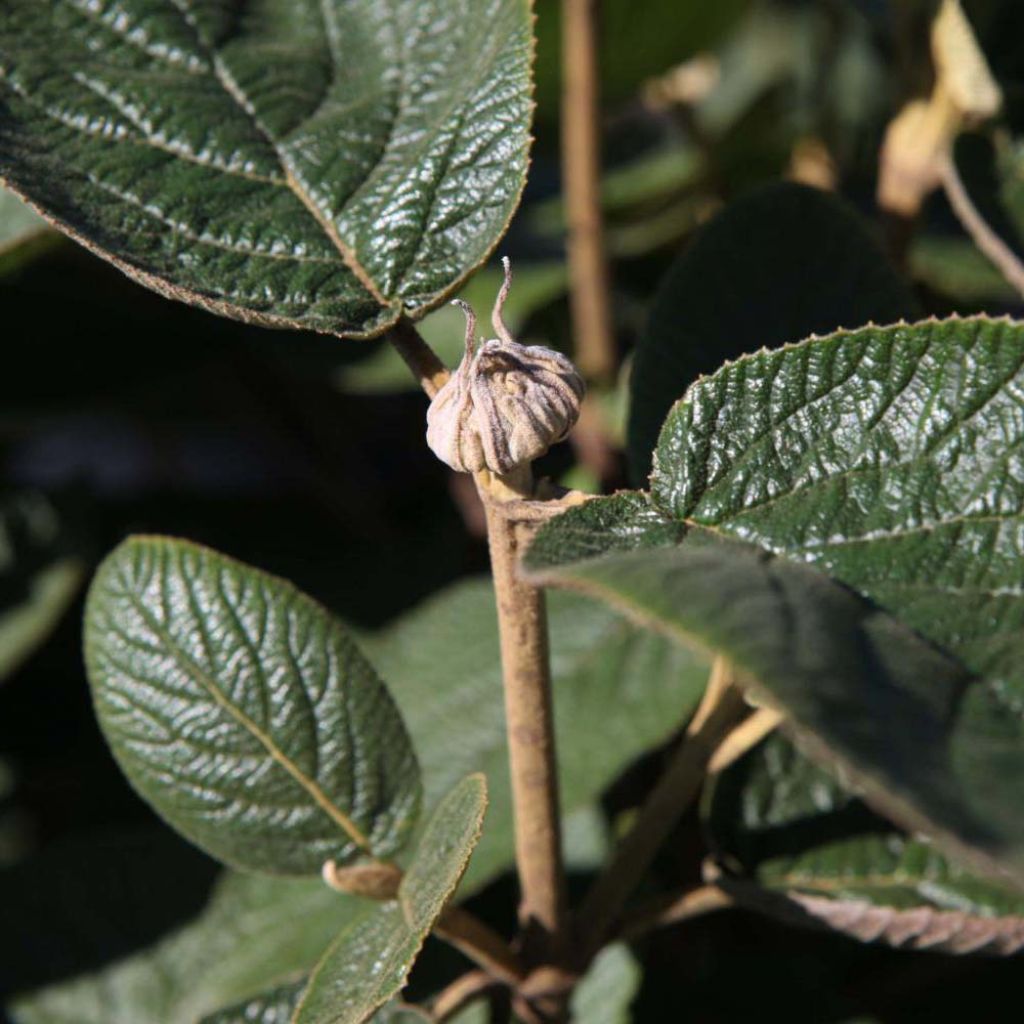

Viorne lantane - Viburnum lantana Mohican
Viburnum lantana Mohican
Viburnum lantana Mohican
Viburno lantana
Più di per avere il tuo ordine spedito oggi stesso.
Inviato per lettera da 3,90 €.
Spese di spedizione da 5,90 €. Articoli di grandi dimensioni, spese di spedizione a partire da 6,90 €.
Altre informazioni
Questo articolo non è disponibile per il tuo paese.
Paese di consegna:
Andorra
Austria
Belgio
Bulgaria
Canada
Cechia
Cile
Cipro
Croazia
Danimarca
Estonia
Finlandia
Francia
Germania
Grecia
Irlanda
Islanda
Italia
Lettonia
Lituania
Lussemburgo
Malta
Monaco
Paesi Bassi
Polonia
Portogallo
Regno Unito
Romania
Slovacchia
Slovenia
Spagna
Svezia
Svizzera
Ungheria
Programmare la data di consegna,
e scegliere la data nel carrello
24 mesi garanzia di permuta su questa pianta
Altre informazioni
Garantiamo la qualità delle nostre piante per un intero ciclo di crescita e sostituiremo a nostre spese qualsiasi pianta che non si riprenda nelle normali condizioni climatiche e di impianto.
A partire da 5,90 € per la consegna a domicilio e 6,90 € per la consegna a domicilio
Consegna a domicilio espressa in 24-48 ore: 8,90 €.

Questa pianta è adatta al mio giardino?
Creo il mio profilo Plantfit →
Descrizione del prodotto
Viburnum lantana 'Mohican' is simply a compact form of our native Viburnum lantana, therefore better suited to small spaces. This variety possesses all the beautiful qualities of its larger sister, appreciated in rural settings. Recognizable by its woolly young shoots, this Viburnum is a medium-sized deciduous shrub, well bushy, adorned with foliage that ignites in autumn. The round heads of cream-white flowers bloom generously in spring with a pleasant fragrance, then give way to ornamental fruiting. Sometimes considered a bit dull in comparison to its Asian cousins, this Viburnum, on the other hand, has a robust temperament, an excellent adaptation to our climates and a great tolerance towards our calcareous soils.
Originating from central and southern Europe, western Asia and North Africa, Viburnum lantana is known by various names depending on our regions, such as lantana, wayfaring tree or guelder rose. It is a deciduous shrub of light woodlands and scrub, often growing on calcareous soil at altitudes below 1600 m. The 'Mohican' cultivar has a more compact habit and smaller dimensions than the species, not exceeding 2 m in height by 2.25 m in spread. Flowering from April to June is abundant, appearing at the tips of one-year-old branches. The rounded and flattened clusters, 4 to 10 centimetres in diameter, are composed of 5 mm white flowers with prominent yellow stamens. This fragrant flowering is followed by a clustered, quite original fruiting, enjoyed from September to December. The spherical fruits, measuring 8 mm in diameter, successively change from pink to red and then to black when ripe. They attract birds, which will brighten up the shortest and gloomiest days of the year. The deciduous foliage, greyish-green when unfolding and then darker, stands out from the flowers. The large, drooping, thick and rough leaves are oval and finely serrated, with the underside covered in fuzz. Each leaf measures up to 10 cm long and 6 cm wide. The autumn colours, often splendid, vary from year to year: they are probably dependent on climatic conditions and soil nature. The young woolly-looking branches are flexible and covered with small star-shaped hairs, gradually taking on a more greyish hue.
Hardy well beyond -15°C, Viburnum lantana 'Mohican' thrives in many growing conditions, from the north to the south of our country. It is used singly, in free hedges, in beds or in a grove. Plant it in a thoroughfare area to fully enjoy its fragrance (under a window or next to a door, for example). This variety, better suited to small gardens, allows for the creation of a very pleasant rural atmosphere alongside other native plants such as medlar, spindle tree, hazel, blackthorn as well as some perennials of the same kind: viper's bugloss, teasels, cornflowers, mulleins ...
Viburnum lantana Mohican in foto...




Porto
Fioritura
Fogliame
Botanici
Viburnum
lantana
Mohican
Caprifoliaceae (Adoxaceae)
Viburno lantana
Europa occidentale
Altre Viburnum - Viburno
Piantagione e cura
Viburnum lantana 'Mohican' thrives in sunny or semi-shady locations. Plant it from March to June and from September to December (excluding frost periods), in a regular, fairly deep soil, preferably limestone to neutral. Provide drainage in very compact soils (mix gravel or river sand with your garden soil) and enrich with compost over several years if your substrate seems particularly poor and rocky. Once well established, this viburnum tolerates summer drought, even in hot and dry regions. Prune it lightly after flowering by removing faded flowers to maintain a compact shape.
Quando piantare?
Per quale località?
Trattamenti
Questo articolo non è ancora stato recensito; sii il primo a condividere la tua esperienza.
Arbustes de haie
Non hai trovato quello che cercavi?
La rusticità è la temperatura invernale più bassa che una pianta può sopportare senza subire gravi danni o addirittura morire. Tuttavia, la rusticità è influenzata dalla posizione (zona riparata, come un patio), dalla protezione (copertura invernale) e dal tipo di terreno (la rusticità è migliorata da un terreno ben drenato).

Condizioni generali di utilizzo del servizio fotografico per clienti
Al fine di favorire l'interazione e la condivisione di esperienze tra giardinieri, Promesse de fleurs offre diversi servizi che consentono di caricare contenuti sul proprio Sito, in particolare attraverso il modulo "Condivisione foto".
L'Utente si impegna a non:
- Pubblicare contenuti illegali, pregiudizievoli, ingiuriosi, razzisti, che incitano all'odio, revisionisti, contrari alla pubblica decenza, che violano la privacy o i diritti privati di terzi, in particolare il diritto all'immagine delle persone e dei beni, i diritti di proprietà intellettuale o il diritto alla privacy.
- Pubblicare contenuti per conto di terzi.
- Impersonare un terzo e/o pubblicare informazioni personali su un terzo.
In generale, l'Utente si impegna ad astenersi da qualsiasi comportamento non etico.
Tutti i Contenuti (in particolare testi, commenti, file, immagini, foto, video, opere, ecc.), che possono essere oggetto di diritti di proprietà, diritti di proprietà intellettuale, diritti di immagine o altri diritti privati, restano di proprietà dell'Utente, fatti salvi i diritti limitati concessi dalla licenza definita di seguito a Promesse de fleurs. Gli Utenti sono liberi di pubblicare o meno tali Contenuti sul Sito, in particolare tramite il servizio "Condivisione foto", e accettano che tali Contenuti diventino pubblici e liberamente accessibili, in particolare su Internet.
Essi riconoscono, si impegnano e garantiscono di disporre di tutti i diritti e le autorizzazioni necessarie per tale pubblicazione sul Sito, in particolare per quanto riguarda la legislazione in vigore e i diritti di privacy, di proprietà, di proprietà intellettuale, di immagine, contrattuali o di qualsiasi altra natura. Pubblicando tali Contenuti sul Sito, l'Utente è consapevole di assumersi la responsabilità di editore dei Contenuti ai sensi di legge e concede a Promesse de fleurs una licenza non esclusiva, gratuita e mondiale per tali Contenuti, per tutta la durata della loro pubblicazione, compresi i diritti di riproduzione, rappresentazione, caricamento, visualizzazione, esecuzione, trasmissione e archiviazione.
Gli Utenti autorizzano inoltre l'associazione del loro nome al Contenuto e accettano che tale associazione non sia sempre possibile.
Con la loro pubblicazione, gli Utenti autorizzano i Contenuti a diventare automaticamente accessibili su Internet, in particolare su altri siti e/o blog e/o pagine web del sito Promesse de fleurs, comprese in particolare le pagine dei social network e il catalogo Promesse de fleurs.
Gli Utenti possono liberamente ottenere la restituzione dei Contenuti affidati contattando il servizio clienti tramite il modulo di contatto.
I periodi di semina indicati sul nostro sito web si riferiscono a Paesi e regioni all'interno della Zona USDA 8 (Francia, Regno Unito, Irlanda, Paesi Bassi).
Nelle zone più fredde (Scandinavia, Polonia, Austria...), ritardare le semine all'aperto di 3-4 settimane o seminare sotto vetro.
Nei climi più caldi (Italia, Spagna, Grecia, ecc.), anticipare la semina all'aperto di qualche settimana.
Il periodo di raccolta indicato sul nostro sito web si riferisce ai Paesi e alle regioni della zona USDA 8 (Francia, Inghilterra, Irlanda, Paesi Bassi).
Nelle zone più fredde (Scandinavia, Polonia, Austria...) la raccolta di frutta e verdura potrebbe essere ritardata di 3-4 settimane.
Nelle zone più calde (Italia, Spagna, Grecia, ecc.), la raccolta avverrà probabilmente prima, a seconda delle condizioni meteorologiche.
Il periodo di semina indicato sul nostro sito web si riferisce a Paesi e regioni situati nella zona USDA 8 (Francia, Regno Unito, Irlanda, Paesi Bassi).
Varia a seconda del luogo di residenza:
- Nelle zone mediterranee (Marsiglia, Madrid, Milano, ecc.), l'autunno e l'inverno sono i periodi migliori per la semina.
- Nelle zone continentali (Strasburgo, Monaco, Vienna, ecc.), ritardare la semina di 2 o 3 settimane in primavera e anticiparla di 2 o 4 settimane in autunno.
- Nelle regioni montuose (Alpi, Pirenei, Carpazi, ecc.), è meglio piantare in tarda primavera (maggio -giugno) o in tarda estate (agosto-settembre).
Nei climi temperati, la potatura degli arbusti a fioritura primaverile (forsizia, spiree, ecc.) deve essere effettuata subito dopo la fioritura.
La potatura degli arbusti a fioritura estiva (lillà indiano, perovskia, ecc.) può essere effettuata in inverno o in primavera.
Nelle regioni fredde e con piante sensibili al gelo, evitate di potare troppo presto quando possono ancora verificarsi forti gelate.
Il periodo di fioritura indicato sul nostro sito web si riferisce a paesi e regioni situati nella zona USDA 8 (Francia, Regno Unito, Irlanda, Paesi Bassi, ecc.).
Varia a seconda della zona di residenza
- Nelle zone da 9 a 10 (Italia, Spagna, Grecia, ecc.), la fioritura avverrà da 2 a 4 settimane prima.
- Nelle zone da 6 a 7 (Germania, Polonia, Slovenia e regioni montuose inferiori), la fioritura sarà ritardata di 2 o 3 settimane.
- Nella zona 5 (Europa centrale, Scandinavia), la fioritura è ritardata di 3-5 settimane.
